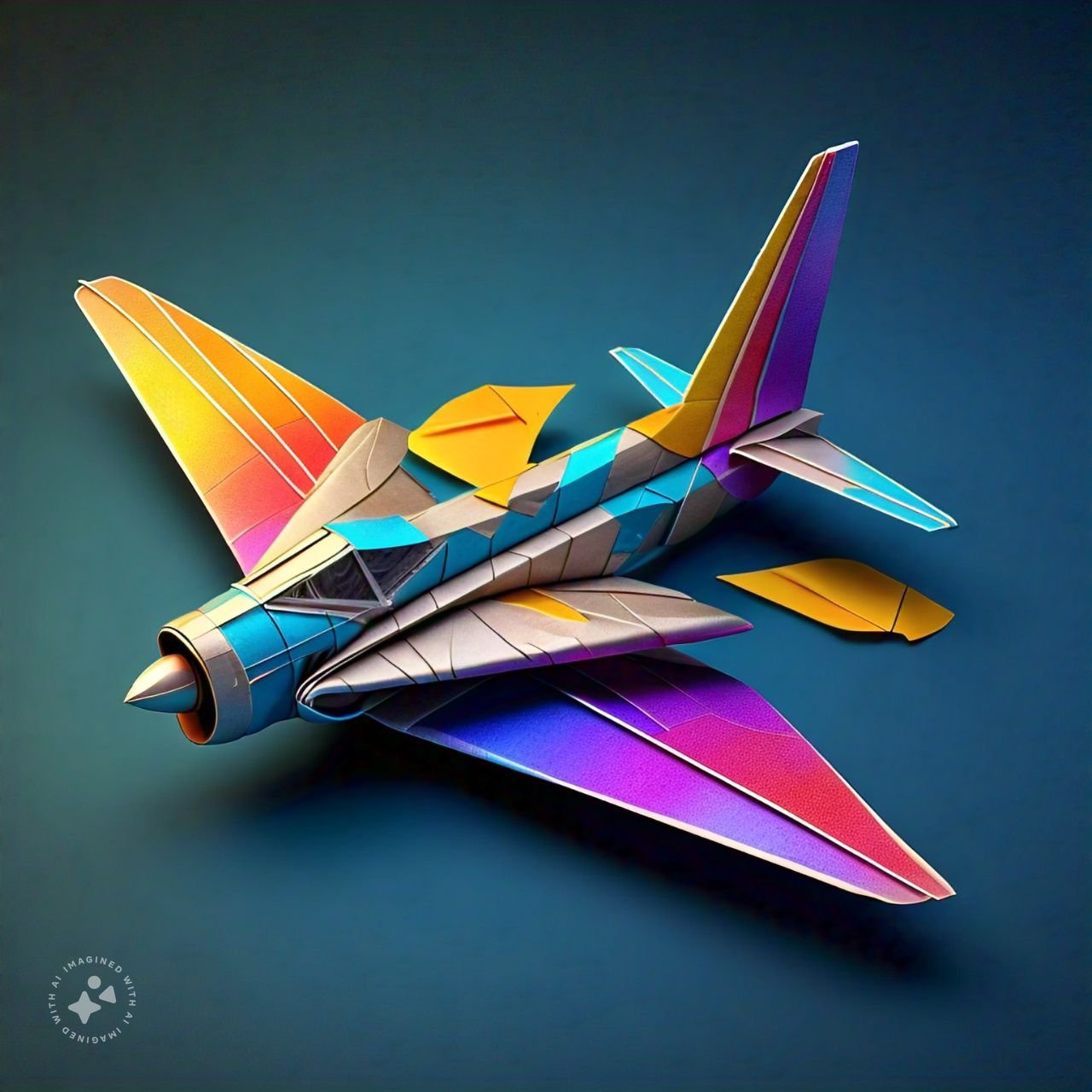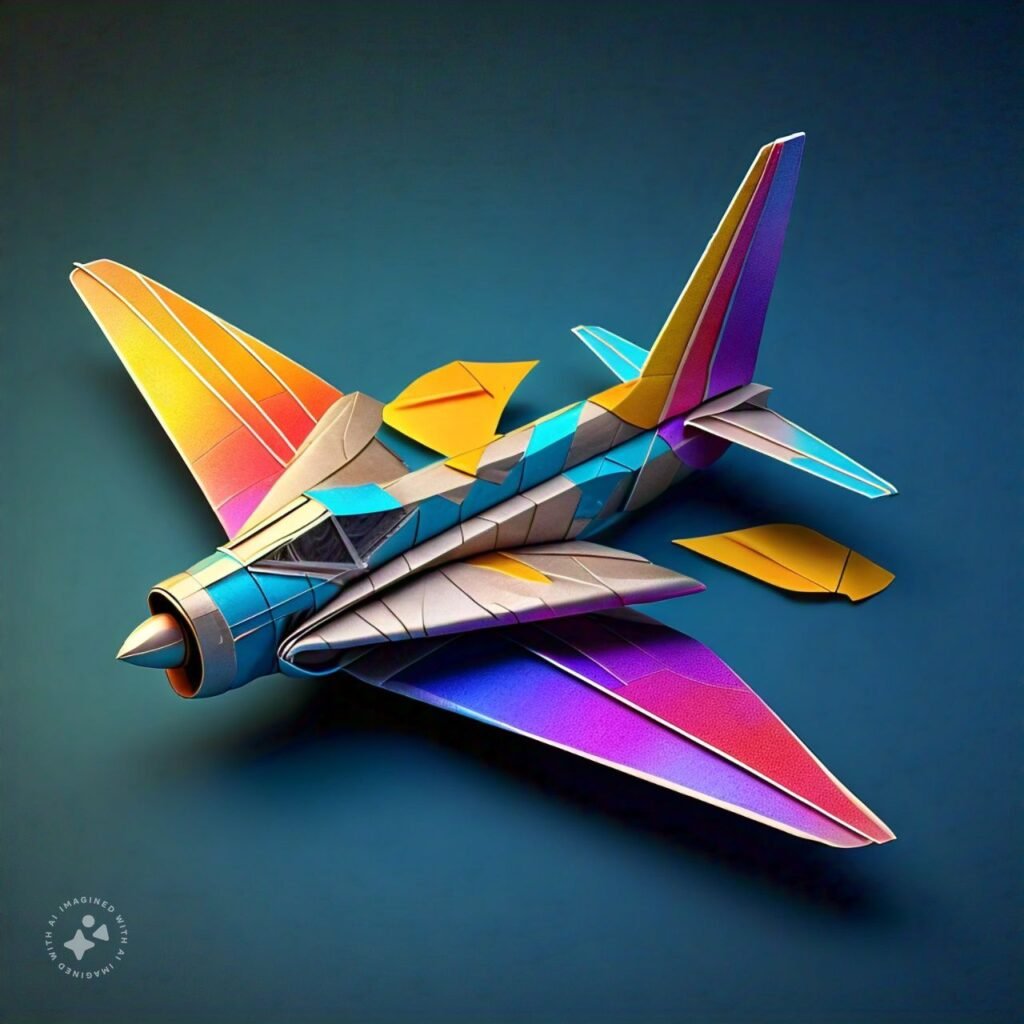
### How to Make a Basic Paper Airplane
**Materials:**
– A single sheet of paper (A4 or Letter size)
**Instructions:**
1. **Fold in Half Lengthwise:**
– Place the paper on a flat surface. – Fold the paper in half lengthwise, aligning the edges precisely. Crease firmly and then unfold.
2. **Fold the Top Corners:**
– Fold the top two corners down to meet the center crease. This will create a triangular shape at the top of the paper.
3. **Fold the Top Edges:**
– Fold the top edges (from the previous step) towards the center crease again, aligning with the central line. This will narrow the triangular point at the top.
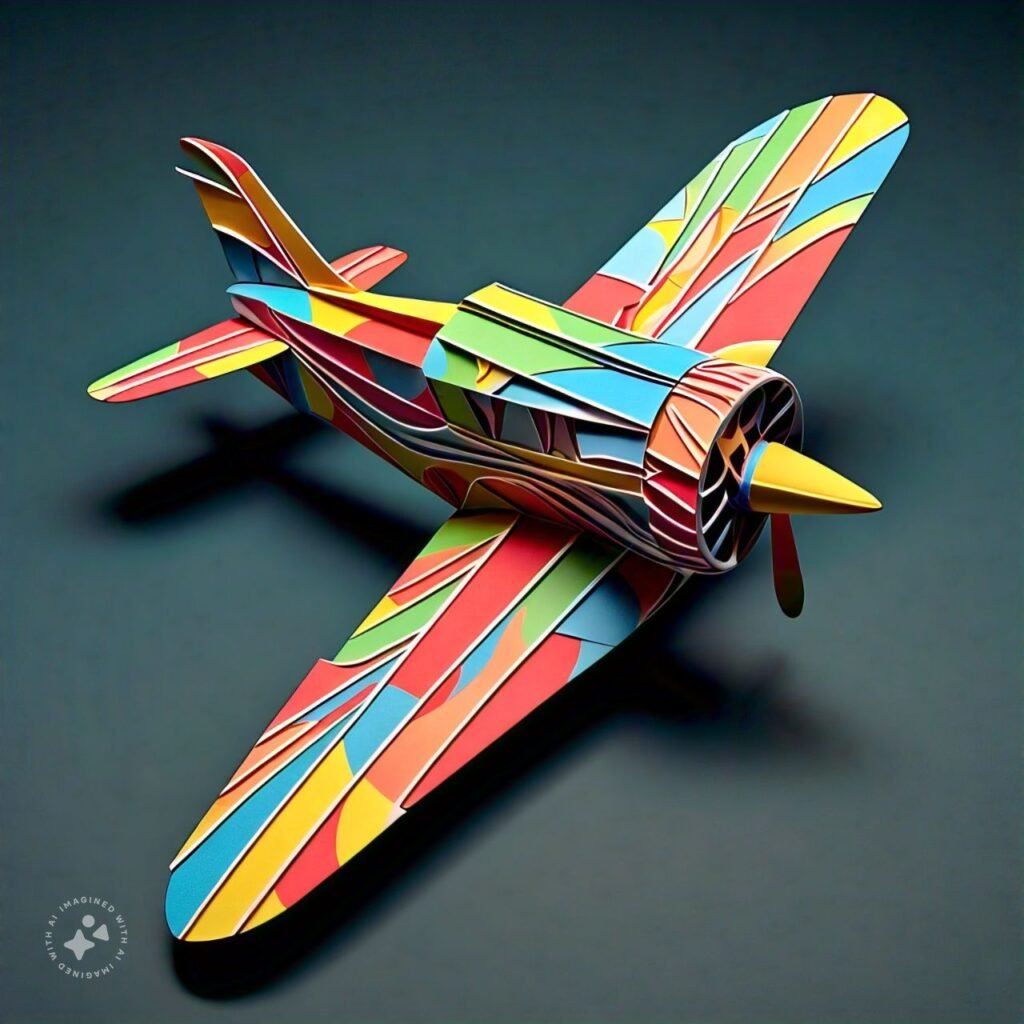
4. **Fold the Paper in Half:**
– Fold the paper along the center crease with the folds you made on the outside.
5. **Create the Wings:**
– Fold down each side of the paper to align with the bottom edge of the body. Make sure both wings are even.
6. **Adjust the Wings:**
– Fold each wing slightly upward for stability, if needed.
7. **Finish and Adjust:**
– Unfold and refold as necessary to ensure the plane is symmetrical and smooth out any creases.
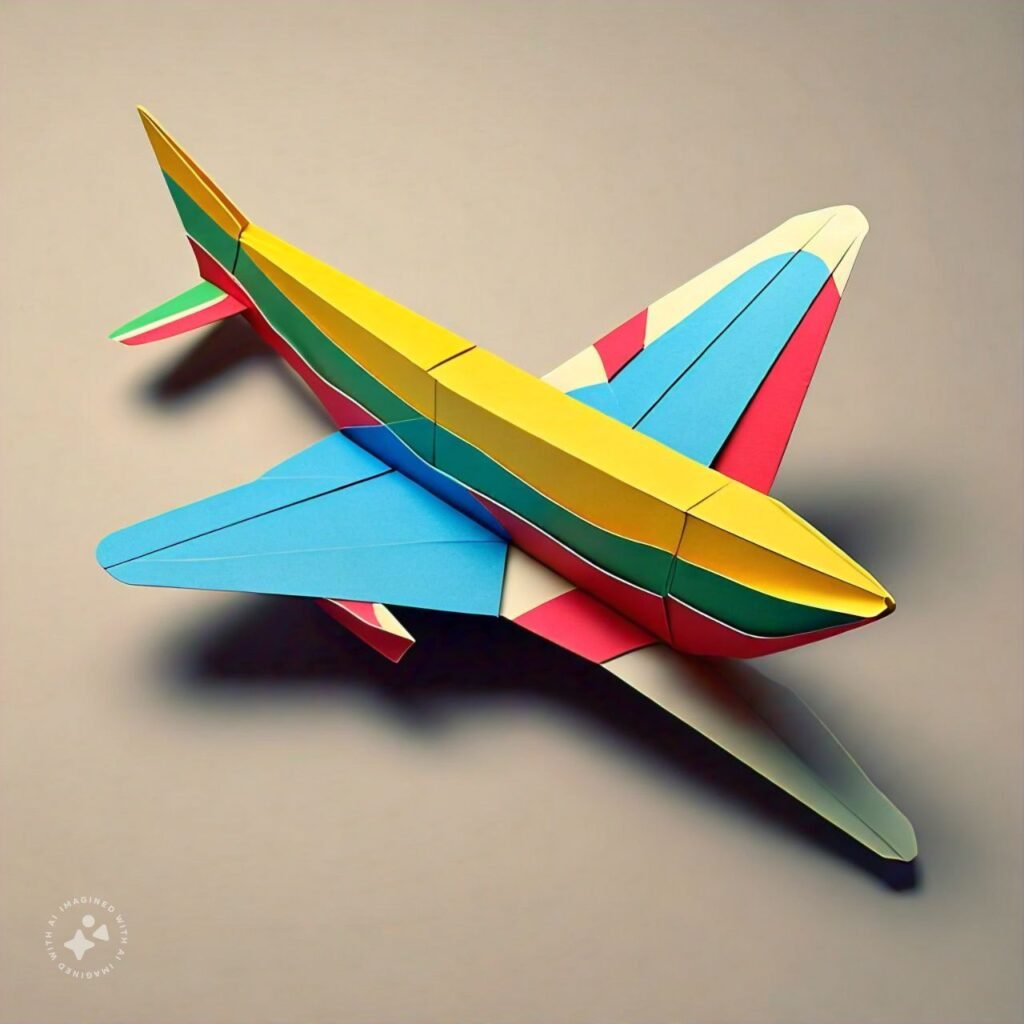
### Benefits and Uses
**Benefits:**
1. **Enhances Creativity:**
– Designing and customizing paper airplanes encourages creativity and experimentation with different designs and techniques.
2. **Develops Fine Motor Skills:**
– Folding and assembling the paper improves hand-eye coordination and dexterity.
3. **Promotes Understanding of Aerodynamics:**
– It provides a basic understanding of aerodynamics principles such as lift, thrust, and drag.
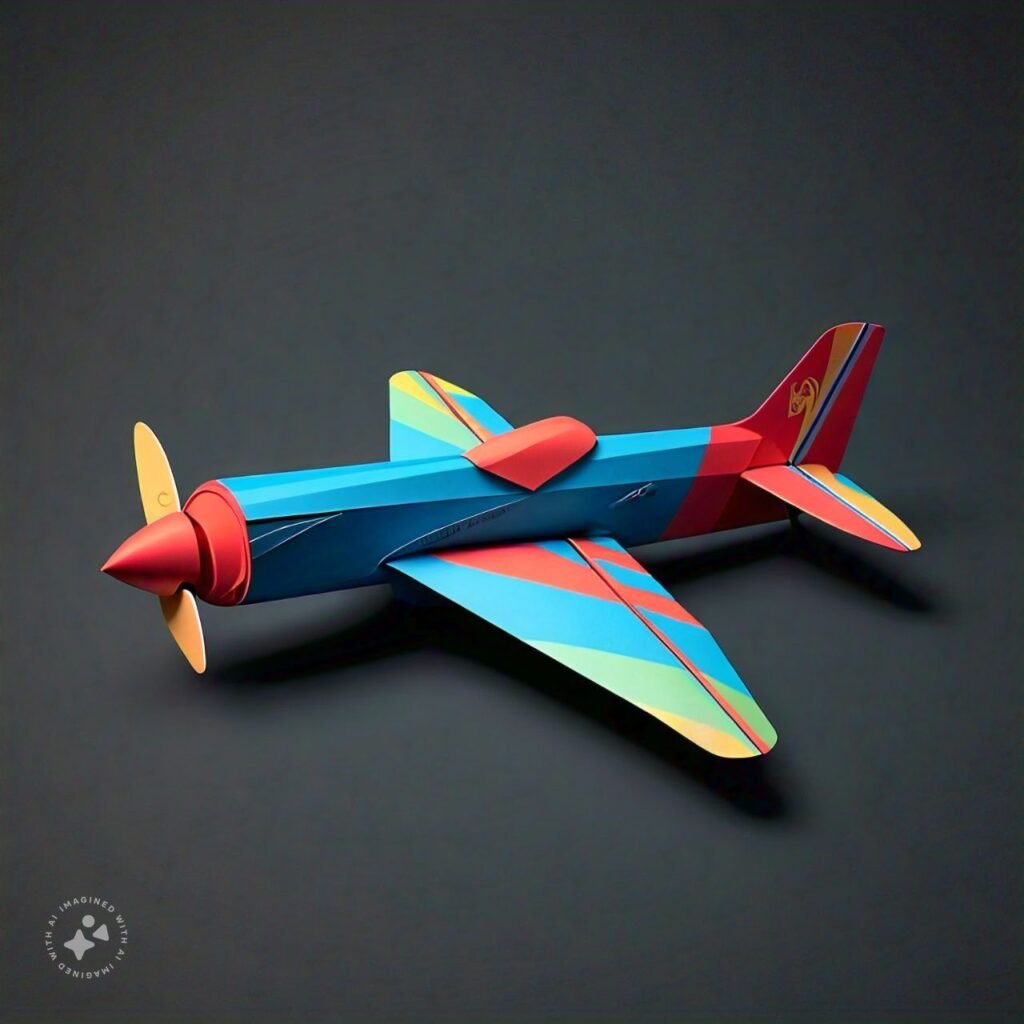
4. **Educational Tool:**
– Used in classrooms to teach concepts of physics and engineering in a simple and engaging way.
5. **Low Cost and Accessible:**
– Requires minimal materials and is easy to do anywhere with a piece of paper.
**Uses:**
1. **Educational Purposes:**
– Demonstrates basic principles of flight and aerodynamics in a hands-on manner.
2. **Recreational Activity:**
– Provides a fun and engaging activity for children and adults alike.
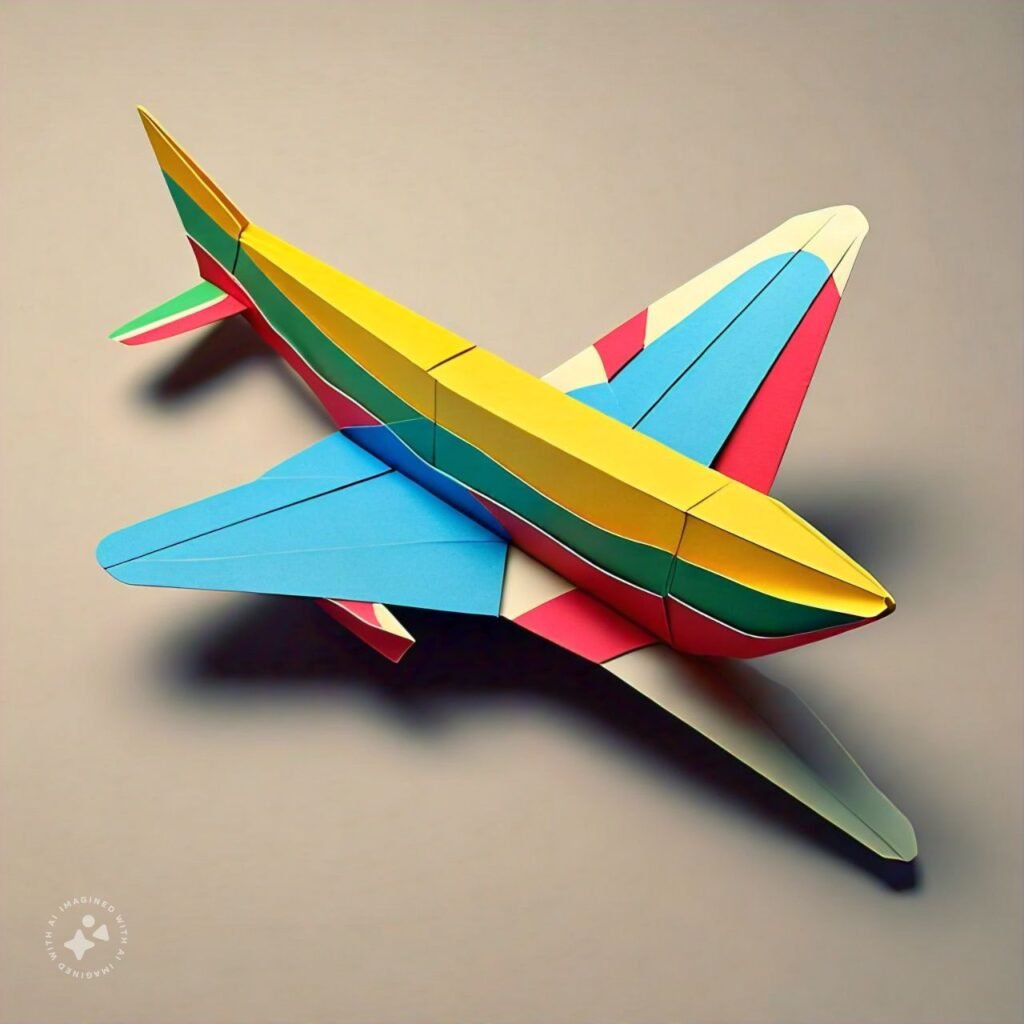
3. **Competitions:**
– Used in contests and challenges to see who can make the plane fly the farthest or stay aloft the longest.
4. **Stress Relief:**
– Folding and flying paper planes can be a relaxing and stress-relieving activity.
### Detailed Overview
Paper airplanes come in various designs, each affecting their flight characteristics. Simple designs include the basic dart and glider, while more complex designs might incorporate multiple folds and wing adjustments to improve flight performance. Factors such as the type of paper, size of the plane, and fold accuracy all influence how well the paper airplane flies.
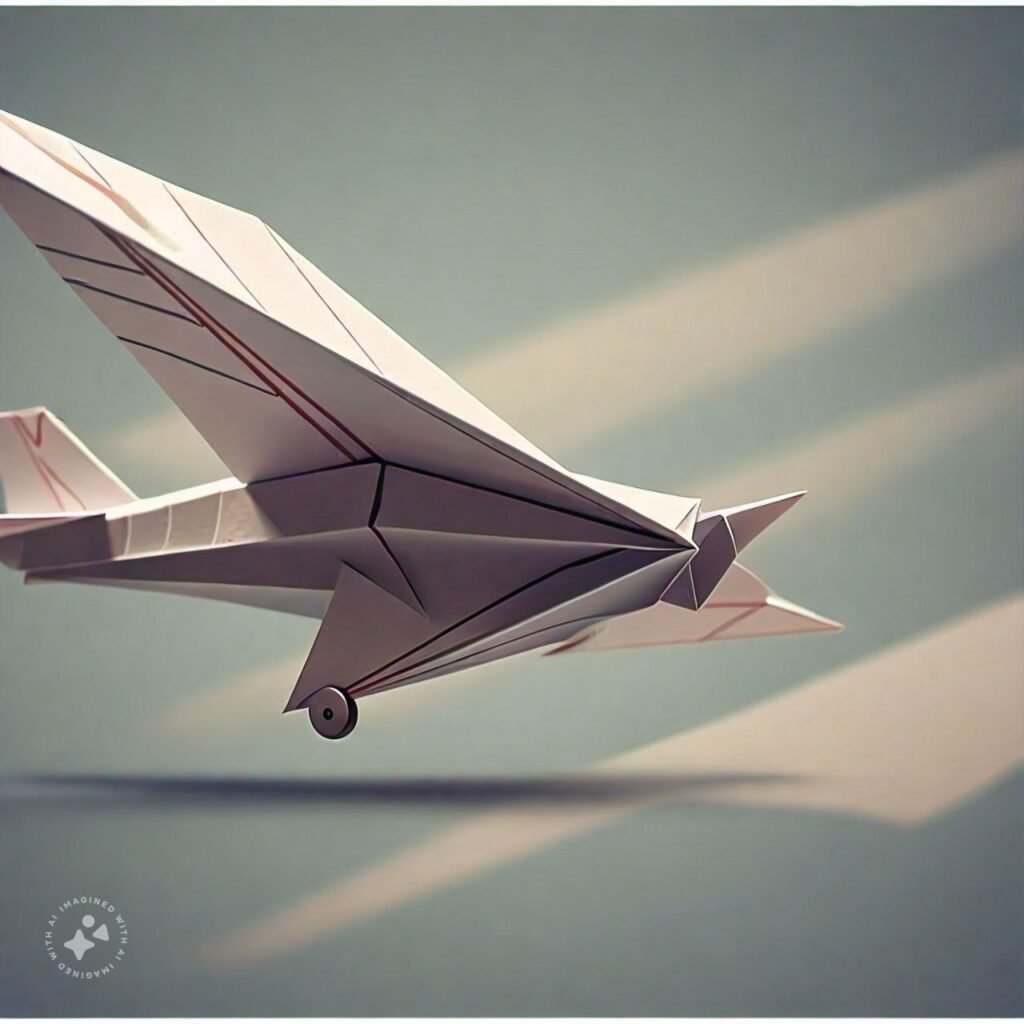
Experimenting with different designs and materials can lead to a deeper understanding of aerodynamics and flight principles.
